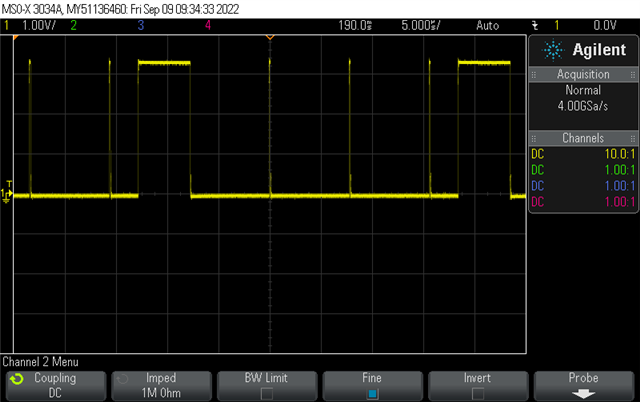Hello,
When I try to increase the data rate above 42,7kSPS I get the following error:

According to the error at such high rates, the software may not be able to properly communicate or deliver samples reliably.
I tried to set the data rate to 128kSPS and put CLK_DIV and ICLK_DIV to 2 and OSR to 32 to achieve the data rate of 128kSPS.
Does this mean the software is not suited for a data rate above 42,7kSPS?
Regards,
Inigo



